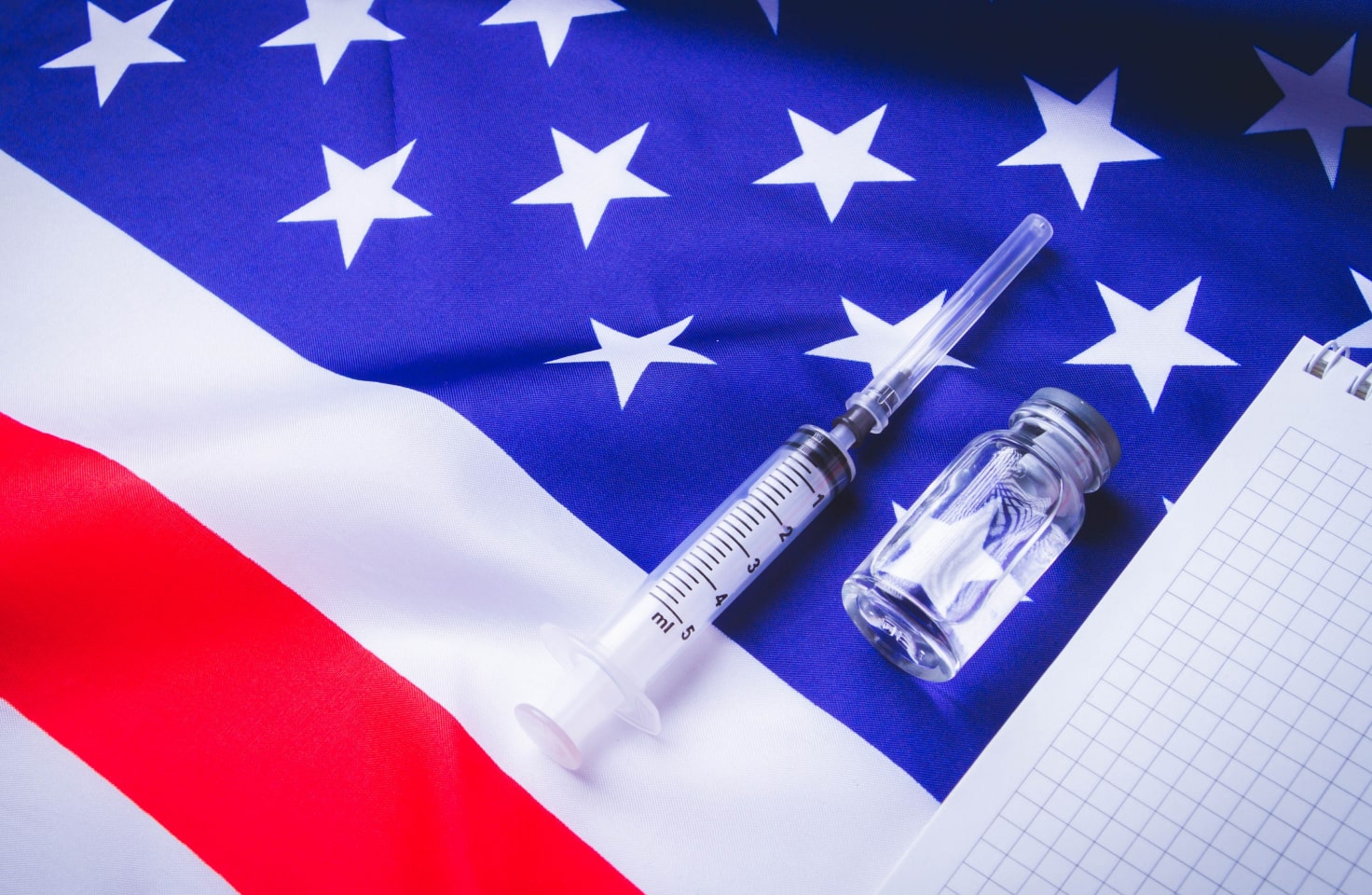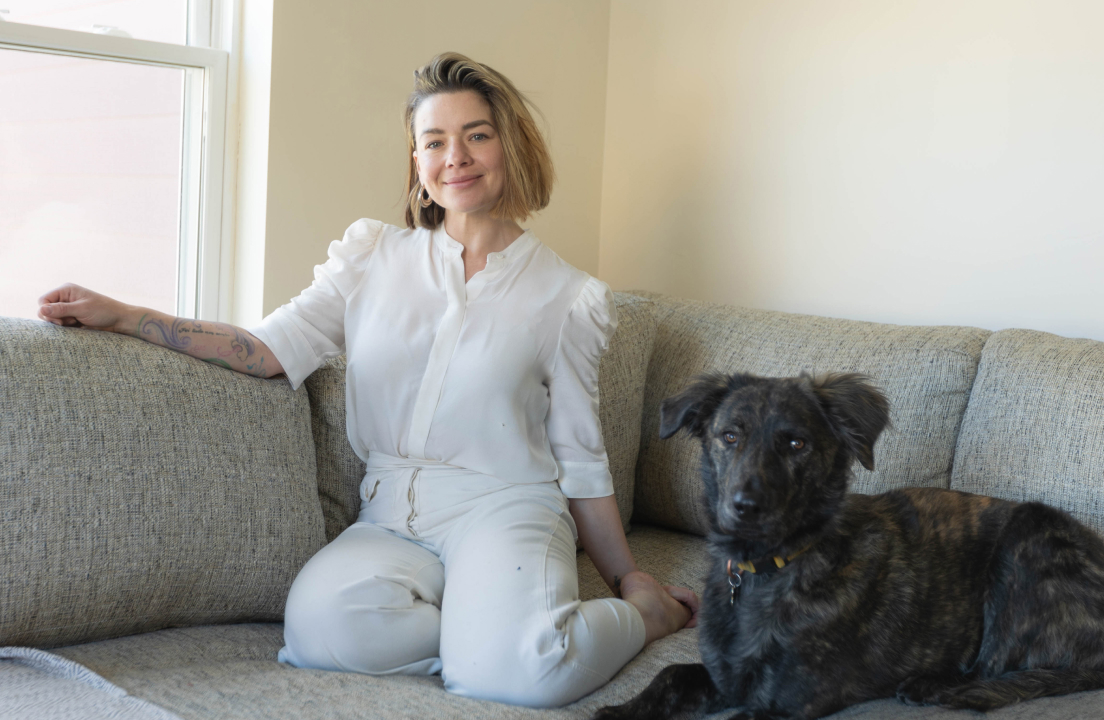T1D Guide
T1D Strong News
Personal Stories
Resources
T1D Misdiagnosis
T1D Early Detection
Research/Clinical Trials
Type 1 Diabetes and the Honeymoon Phase
The T1D honeymoon phase usually begins about three months after starting insulin therapy treatment. For some reason, in certain type 1 cases, the pancreas gets a second wind where it produces little bursts of insulin, masking the type 1 symptoms. The length of this type 1 remission phase can vary, ranging from a few weeks to months to even years.

In life, the ‘honeymoon phase’ comes right after marriage—the seemingly perfect carefree time when two people are first in love. Unfortunately, this blissful infatuation is a cautionary tale—that the illusion won’t last forever.
The term is also applied to recently diagnosed individuals with type 1 diabetes (T1D). It can be challenging to accept this reality because it looks and feels like a cure. The person does blood glucose level checks, and their blood sugar is nearly perfect. Some patients don’t even need insulin doses. Regrettably, the other shoe will drop as the body requires more insulin when the beta cells die off completely.
The type 1 honeymoon is over when the pancreas stops producing enough insulin to keep your body in its target blood glucose range. Your physician then determines your required insulin, as your healthcare team closely monitors the honeymoon phase and its aftermath.
Facts about T1D Honeymooning
- Not everyone with type 1 diabetes has a partial clinical remission or honeymoon period.
- When you’re in the remission phase, even if it lasts up to 13 years—it doesn’t mean complete remission or a cure.
- The honeymoon length and treatment plan are different for each person.
- Type 2 diabetes patients don’t typically experience this remission phase. Some type 2 patients may encounter a decline in symptoms; however, this is not the same as a T1D honeymoon.

The Difference Between Type 1 & Type 2
In type 1 diabetes, an autoimmune condition, the immune system attacks the insulin-producing beta cells, limiting cell function in the pancreas. The body requires the hormone (insulin) to unlock the cell doors for energy. The cells can’t function without insulin, and the body must find an outside source.
Type 1 Diabetes Symptoms include:
- Increased thirst
- Frequent urination
- Extreme hunger
- Rapid weight loss
- Dry skin
- Fruity breath or urine
- Fatigue and weakness
- Blurred vision
- Mood changes or irritability
- Cuts or bruises that are slow to heal
In the other type of diabetes mellitus, type 2 diabetes, the cells in the body’s muscles, fat and liver don’t respond to insulin. As the cells become resistant to the outpouring of insulin, the pancreas produces even more. This insulin resistance causes the cells to stop working correctly.
Diabetes Screening
The Lancet reports that up to 40% of adults older than 30 years with type 1 diabetes might have received an incorrect diabetes diagnosis of type 2 diabetes. With the autoimmune condition T1D, if good glycemic control is not reached, serious side effects, like diabetic ketoacidosis, may result. Keeping tight blood glucose control wards off many complications like kidney disease, nerve damage and heart failure.
Do I Need Additional Insulin During the Honeymoon Phase?
The honeymoon phase can be a jolt to your system because you are insulin-dependent for several months, then suddenly, your body doesn’t need your help. During this grace period, you must readjust your insulin needs repeatedly - another reason to work closely with your physician.
Sugar Levels Matter
It’s a tricky balance keeping blood sugar levels in check. Between getting too much insulin, which results in low blood sugar, you risk hypoglycemia or not receiving enough insulin (high blood glucose levels). With the latter, you have the consequence of hyperglycemia and the threat of diabetic ketoacidosis (DKA), the dangerous condition where the lack of insulin forces the body to burn fatty acids, which produce excessive ketones in the bloodstream. If untreated, the severe complication, DKA, can result in hospitalization, coma or death.

New Treatments to Prolong the Honeymoon Phase
One positive aspect of the honeymoon phase is that some scientists believe taking insulin prolongs your working beta cells. When a patient injects insulin doses (via pump or needle), the existing beta cells continue working.
While this is only a temporary fix, correcting the body’s autoimmune response in newly diagnosed T1Ds has been a hot research topic with Breakthrough T1D (formerly JDRF). Breakthrough T1D has a growing list of funded research projects that show promise in preserving a person’s existing beta cells long past the honeymoon phase.
To date, there is no cure for a type 1 diabetes diagnosis, but Breakthrough T1D focuses on restoring and replacing insulin production by turning off the autoimmune attack response that destroys the beta cells.
Breakthrough T1D's Cure Portfolio
Universal Screening
One study discovered that 2+ autoantibodies in relatives of T1D patients guaranteed a 100% likelihood of developing the disease. This screening saves lives by preventing the severe complications of DKA. Breakthrough T1D has also developed therapies to slow down the progression of T1D.
Disease Modifying Therapies
These disease-modifying therapies aim to develop drugs and treatments that halt or reverse the triggering effects of type 1 diabetes by spurring beta cell growth and protecting the existing islet cells so individuals can remain insulin-independent longer. These drugs also prevent T1D by stopping the immune system’s beta cell attack response.
Cell Therapies
Breakthrough T1D's Beta Cell Therapies Program seeks to restore healthy, insulin-producing beta cells to the bodies of T1D patients. The islet transplantation replaces the destroyed cells with new insulin-producing immune cells from cadavers and protects them with medications the individual must take for the rest of their lives.
What’s more, Stephen Gitelman, MD, with the UCSF Diabetes Center, is leading clinical trials of new treatments to extend the honeymoon phase forever. The UCSF trials are for type 1 diabetes patients within two years of diagnosis. The prevention study aims to halt the autoimmune attack on beta cells.
As director of the UCSF Pediatric Diabetes Program, Gitelman’s latest trial includes a first-in-human evaluation of a treatment in which a type of cell found in the patient’s blood is removed, purified in the lab, and then infused back into the patient.
TrialNet
Gitelman is also involved with TrialNet, an international network of researchers and scientists that study, prevent and treat T1D. The network's goal is to bring disease-modifying therapies into clinical use for at-risk T1D individuals and to delay disease progression in people with early stages of the disease.

When the Honeymoon is Over
Once you understand what to expect from the T1D honeymoon, you can work with your healthcare provider on a treatment plan to ease into the next phase. After adjusting your dosing and insulin needs, you should enter a more controlled cycle, keeping your blood sugar levels in a normal range; however, the term ‘normal’ can never entirely describe diabetes as it is ever-changing.
It’s unpredictable, difficult to manage and even precarious at times—but you can do it! It's important to seek help from an advanced healthcare team, a peer support group, and the diabetes online community. Loving self-care is also essential. Keep reading, growing, and learning about new treatments.
When you read about all the exciting research therapies and advanced technology, you’ll soon see that a type 1-free world may be closer than you think!


.webp)





.webp)
.jpg)
.jpeg)
.jpg)
.jpg)
.jpg)
.jpg)



.jpg)

.jpg)

.jpg)



.jpg)
.jpg)
.jpg)

.jpg)

.jpg)














.jpg)


.jpg)







.webp)












.webp)





















.webp)








.jpg)



.jpg)
















.webp)